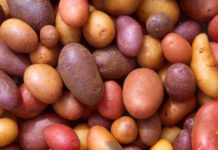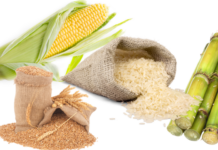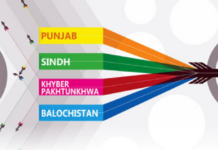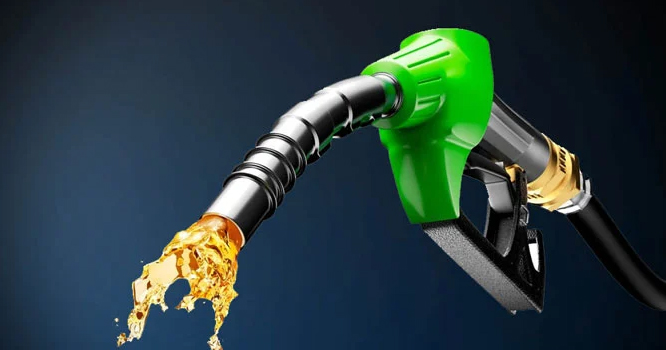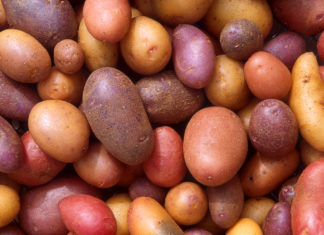Pakistan’s oil sales for the first quarter of FY26 (July–September) reached 3.89 million tons, up 6% from 3.7 million tons in the same period last year.
The oil sector also showed mixed but improving trends in September 2025, as oil marketing companies (OMCs) recorded an 8% year-on-year rise in sales, while refineries produced 781,000 metric tons of petroleum products despite persistent structural challenges.
According to provisional industry data, OMC sales reached 1.4 million tons in September, up 8% YoY and 5% month-on-month (MoM). The increase was attributed to gradual economic recovery, reduced fuel smuggling from Iran, and a lower base in August when floods and monsoon rains suppressed demand.
Excluding furnace oil (FO), sales rose to 1.36 million tons, reflecting a 13% YoY and 6% MoM increase. MS sales climbed 8% YoY to 683,000 tons, while HSD sales surged 20% YoY and 13% MoM to 592,000 tons. FO demand, however, continued its decline, plunging 81% YoY and 29% MoM to just 13,000 tons.
Company-level data showed PSO leading with 570,000 tons sold, up 4% YoY and MoM, though its MS and HSD market shares fell marginally. Attock Petroleum Limited (APL) posted 116,000 tons, up 2% YoY, while Wafi Energy Pakistan Limited (WAFI) expanded aggressively with 117,000 tons, a 25% YoY jump. Hascol Petroleum Limited sold 43,000 tons, rising 2% YoY.
On the refining side, Pakistan’s main oil refineries are Attock Refinery Limited (ARL), National Refinery Limited (NRL), Pakistan Refinery Limited (PRL), and Pak-Arab Refinery Limited (PARCO), with Cnergyico Pk Ltd. (formerly Byco) being another significant entity. These companies process crude oil to produce various petroleum products for the country.
As per available details, Pakistan’s refineries produced and sold 781,000 MT in September, including 476,000 MT of HSD, 206,000 MT of MS, and 99,000 MT of FO, part of which was exported to ease surplus stocks.
Despite steady throughput, refiners continued to face structural headwinds. A persistent oversupply of diesel, worsened by imports, has pressured margins. Meanwhile, exchange rate volatility — with bank-offered rates exceeding the State Bank of Pakistan’s reference rate — has complicated trade settlements. Weather disruptions, including flooding, further slowed logistics and product offtake.
Industry sources said the divergent trends highlighted both resilience and risks in Pakistan’s energy sector. While OMC sales growth pointed to strengthening demand, refinery economics remain weighed down by structural inefficiencies and reliance on imports.
“Looking ahead, OMC sales are expected to grow 7–10% in FY26, supported by recovering industrial activity and stable fuel pricing,” the industry sources opined, adding, “However, FO demand is likely to remain weak amid declining use in power generation.”
It is pertinent to note that the government has set an ambitious Petroleum Development Levy (PDL) target of Rs1.47 trillion for FY26, of which Rs357 billion (24%) was collected in 1QFY26. Industry sources cautioned that achieving this target will depend heavily on stable demand trends, policy reforms, and the ability of refineries to align output with domestic consumption patterns.




